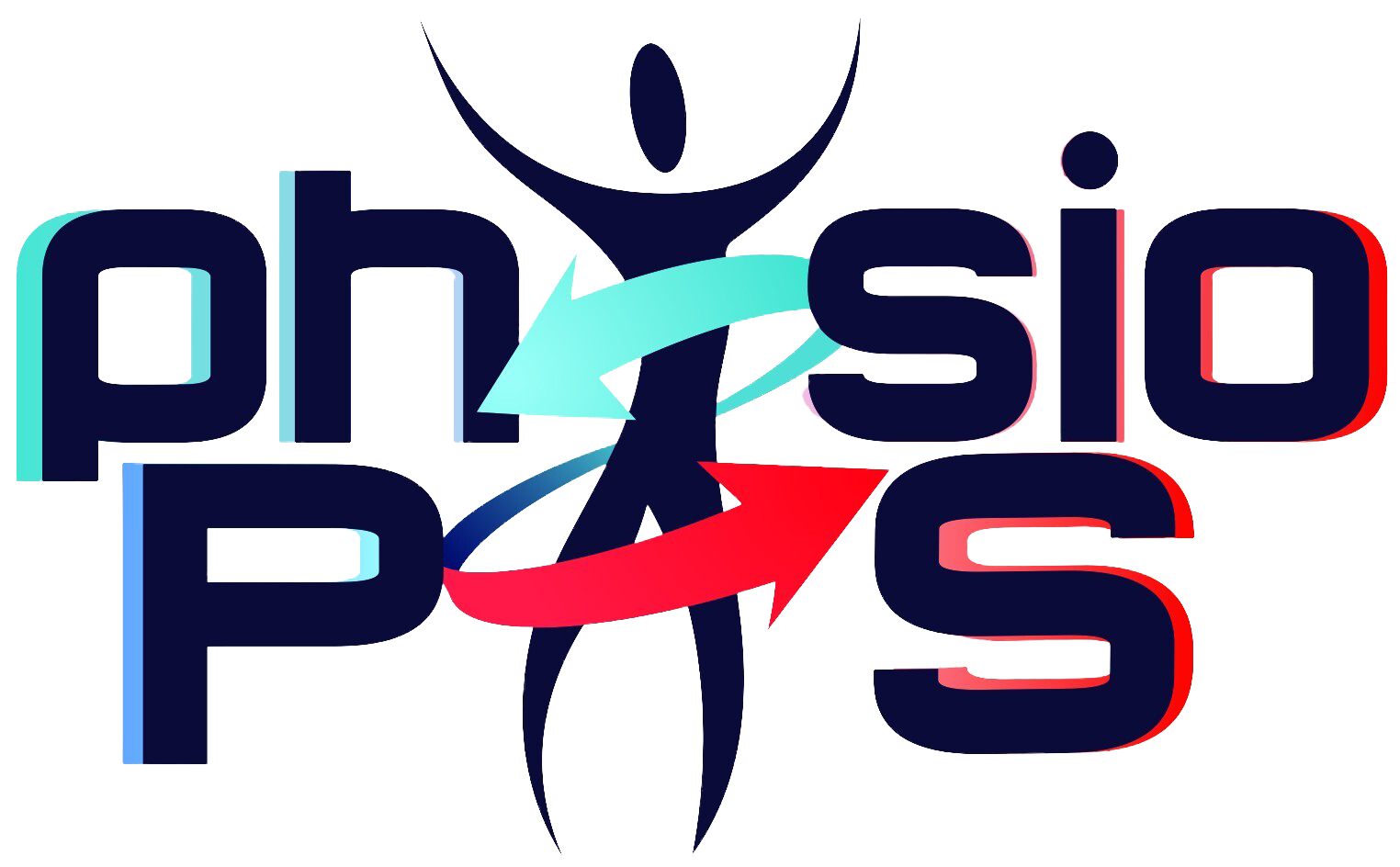EDS
Answers For Patients With Ehlers-Danlos Syndrome
Ehlers-Danlos Syndrome, EDS, a type of hypermobility, is a disease that weakens the connective tissues of your body, things like tendons and ligaments that hold parts of your body together and it also can weaken blood vessels and organs.
EDS can make a person’s joints loose, skin thin, and make them prone to bruise easily. Additionally, symptoms can range to include joint pain, bone aches, chronic pain, fatigue, depression, and suicide.
This is commonly a genetically transmitted disease encompassing the whole body. According to the National Institute of Health (NIH), as of 2017, there are 13 subtypes of EDS as listed. Although other forms of the condition may exist, they are extremely rare and are not well-characterized. This syndrome effects just under 200,000 people each year.
While there is no cure for EDS, treatment and management for EDS is focused on preventing serious complications and symptom relief. The features of EDS vary by subtype, so management strategies can be slightly different, and due to the several body systems that may be affected, different medical specialists are usually involved in a patient’s care. The main aspects of management include cardiovascular (heart) work-up, physical therapy, pain management, and psychological follow-up as needed. Surgery is sometimes recommended for various reasons in people with EDS. However, depending on the type of EDS and severity, there may be an increased risk of various surgical complications, such as wound healing problems, excessive bleeding, dissection, and hernias. The relief for those affected can be provided by balancing the autonomic nervous system.
Here is a list of the different types of EDS and how they are characterized:
Characterized by thin, translucent skin that is extremely fragile and bruises easily. Arteries and certain organs such as the intestines and uterus are also fragile and prone to rupture. People with this type typically have short stature, thin scalp hair, and characteristic facial features including large eyes, a thin nose, and lobeless ears. Joint hypermobility is present but generally confined to the small joints (fingers, toes). Other common features include club foot; tendon and/or muscle rupture; acrogeria, defined as premature aging of the skin of the hands and feet; early onset varicose veins; pneumothorax, collapse of a lung; recession of the gums; and a decreased amount of fat under the skin.
Associated with severe hypotonia, decreased muscle tone at birth, delayed motor development, progressive scoliosis (present from birth), and scleral fragility. Affected people may also have easy bruising; fragile arteries that are prone to rupture; unusually small corneas; and osteopenia, defined as low bone density. Other common features include a “marfanoid habitus” which is characterized by long, slender fingers (medically termed: arachnodactyly); unusually long limbs; and a sunken chest (medically termed: pectus excavatum) or protruding chest (medically termed: pectus carinatum).
Characterized by congenital multiple contractures, characteristically adduction-flexion contractures and/or talipes equinovarus (clubfoot), characteristic craniofacial features, which are evident at birth or in early infancy, and skin features such as skin hyperextensibility, easy bruising, skin fragility with atrophic scars, and increased palmar wrinkling.
Characterized by congenital muscle hypotonia, and/or muscle atrophy, that improves with age, Proximal joint contractures (joints of the knee, hip and elbow), and hypermobility of distal joints (joints of the ankles, wrists, feet and hands).
Characterized by severe and intractable periodontitis of early onset (childhood or adolescence), lack of attached gingiva, pretibial plaques, and family history of a first-degree relative who meets clinical criteria.
Characterized by severe progressive cardiac-valvular problems (aortic valve, mitral valve), skin problems (hyperextensibility, atrophic scars, thin skin, easy bruising), and joint hypermobility (generalized or restricted to small joints).

